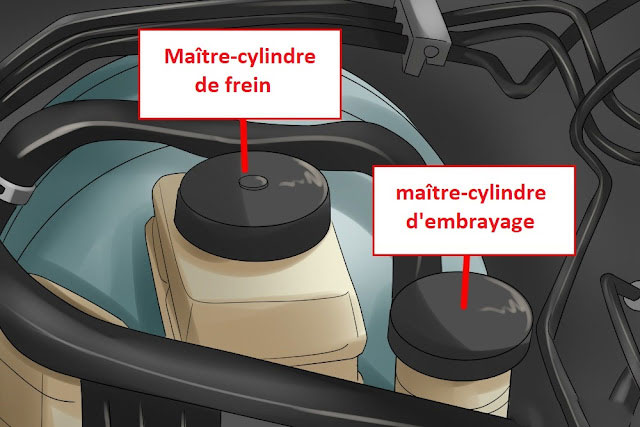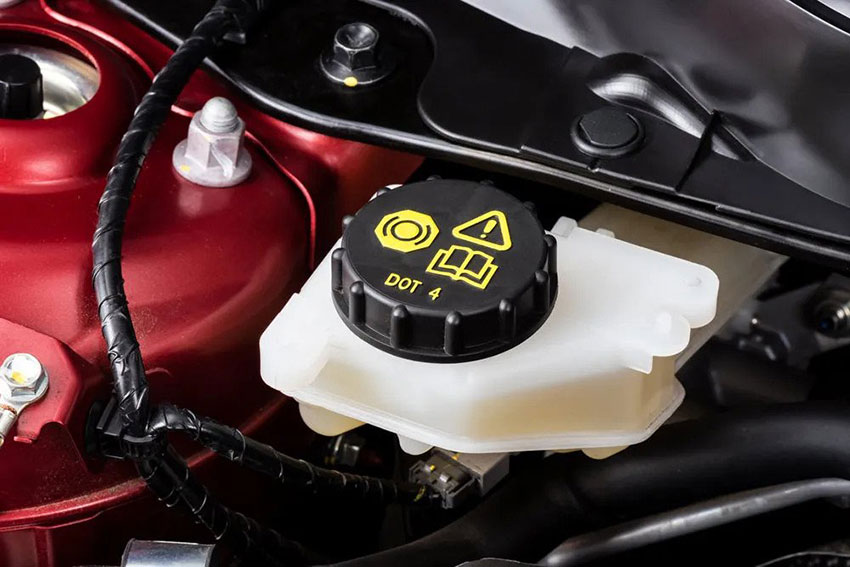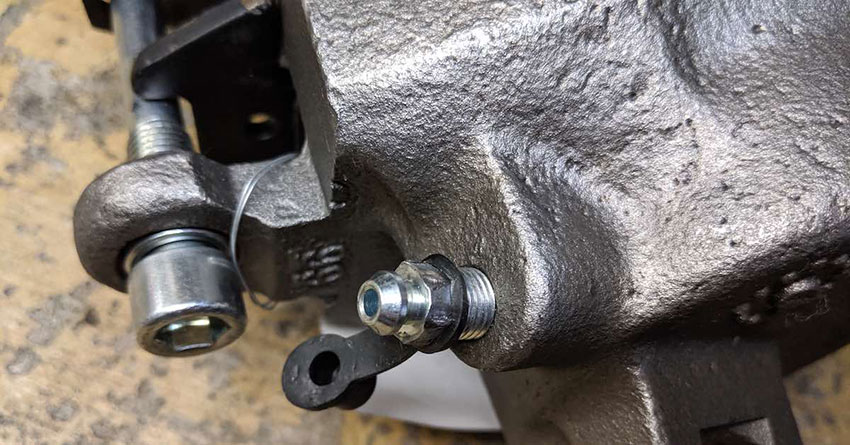Manual transmission brings numerous benefits to the driver. Riding the manual transmission can be exciting and offers you better control over your ride. However, it also brings numerous challenges, which are generally not found in automatic vehicles. One of them is hydraulic clutch bleeding. Taking the car to the mechanic for hydraulic clutch bleeding can be an expensive affair & by adopting these simple steps, you can perform these tasks at home:
What’s the Need to Make the Hydraulic Clutch Bleed?
Bleeding the hydraulic clutch means eradicating excess air out of it. Otherwise, you don’t have to bleed the vehicle as long as you don’t notice an issue. However, if releasing the clutch still becomes a concern for you, eliminating the air that needs bleeding is vital. Follow these simple ways that can bleed a hydraulic clutch listed as follows:

Check/Fill Fluid in Your Car

Ensure that the system consists of the appropriate amount of fluid. Look at the level within the reservoir. Some cars come with distinct clutch fluid reservoirs, while there are similar brake and clutch fluids in the case of others. Try to fill it up to a specific line. Ensure that the top-quality fluid is purchased and filled up to appropriate levels to prevent the hydraulic system from being damaged. You can refer to the user manual informing you about the hydraulic fluid that must be included within the car and get the desired one from a store selling fluids, car parts, and accessories online like ‘The Auto Parts Shop‘.
Check the Bleeder Screw

You must know the exact location of the bleeder screw to take the air out. The bleeder screw generally lies on the slave cylinder of the car. However, the bleeder screw is sometimes present inside or outside the transmission, and the bleeder valve can be accessed externally. Arriving at the bleeder screw can be difficult, but keep the car on the jack stands to access it without hassle.
Pump the Clutch
Pumping the clutch isn’t a single person’s job, and getting assistance from someone in the house would be the best approach. First of all, try to pump the clutch several times and push the pedal down to hold it in place.
Try Opening the Bleeder Valve
Using the wrench, try to open the bleeder screw and try not to turn it for more than a half. Sometimes the liquid starts exiting from the valve, or the air sounds start coming out of the vehicle.
Keep the Screw Tight
Continue carrying the activity in case the liquid flow slows down. Try to bleed the hydraulic clutch instead of draining the fluid of the car. Fluid escape would allow more air to get inside the transmission, and you have to carry out the entire steps again. Tighten the screw and take it to the initial position. Tighten the screw, release the clutch pedal, and add more fluid until it reaches its maximum capacity.
Perform the Steps Again
Carry out these steps again until all the air hasn’t come out of the hydraulic clutch. Make sure that no air comes out of the bleeder valve. Once you’ve completed the steps, the only fluid must come out of the car. The car shouldn’t produce any hissing sound and keep the bleeder screw tight. Try not to keep it too tight and fill the fluid to the top.
How Much Does Hydraulic Clutch Bleeding Cost?
The hydraulic clutch bleeding cost generally falls between $45-$60.The only part that will be replaced would be fluid, and the mechanic also levies labor charges. The cost depends on the car type you’re driving and your present location. You can save money by purchasing it from the store selling car parts and accessories online and save money on it.
The Bottom Line
It’s important to eliminate air trapped within the clutch to help it work correctly. You can do it on your own and save money also yield the clutch’s optimum performance.
